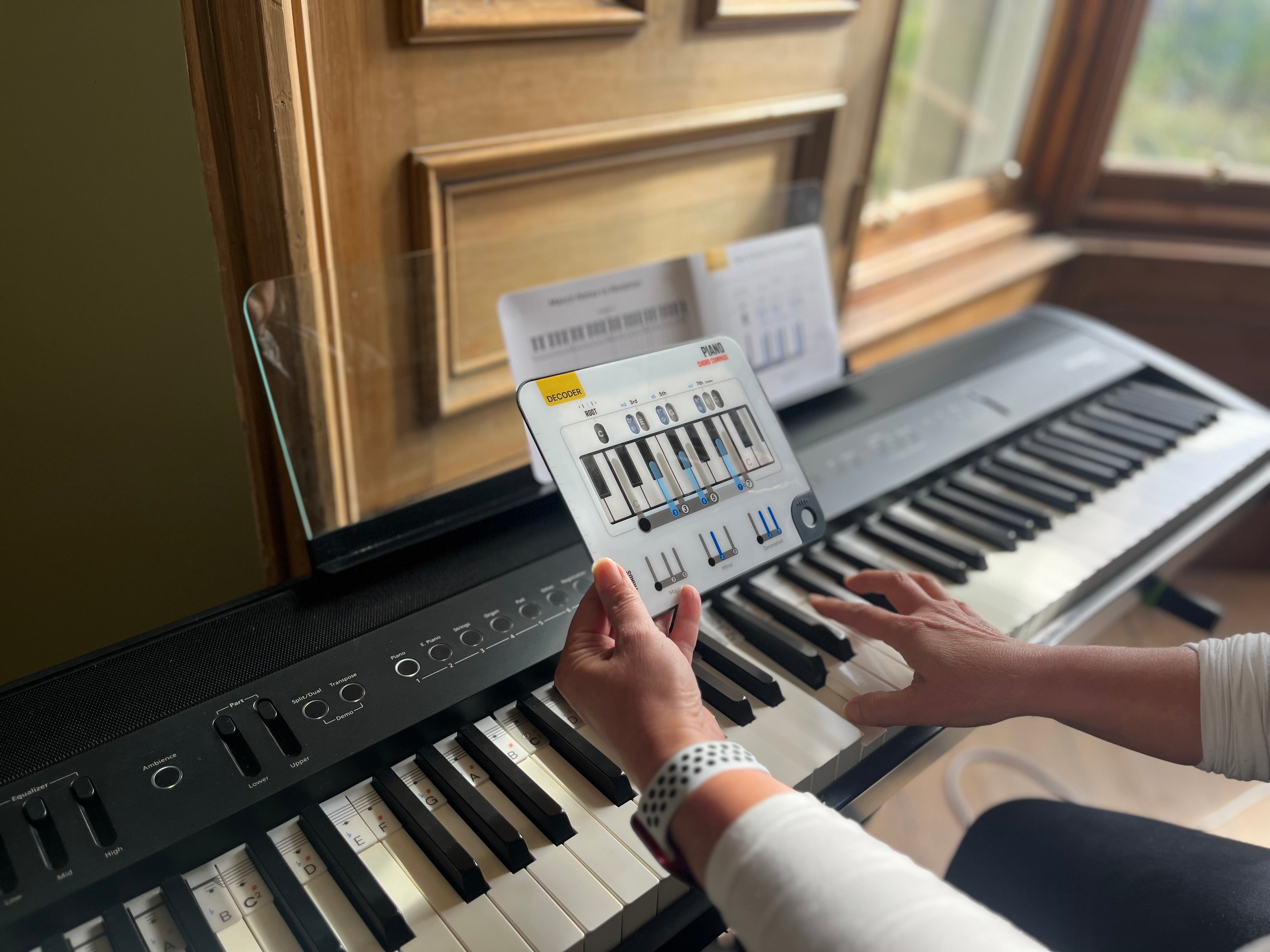Most songs rely on repeating chord sequences, commonly known as chord progressions. While it’s common to name chords by their root note (like C, F, or G), a powerful approach for understanding and using chord progressions is to name them by their scale degrees. For any Key the Scale degrees describe the chord's position within the key numerically, which helps identify the function and role of each chord within a progression.
For example, in the key of C major:
- The chord C major is the 1 chord because it starts on the first note of the C major scale.
- The chord F major is the 4 chord because it starts on the fourth note of the C major scale.
- The chord G major is the 5 chord, starting on the fifth note.
Together, these chords—C, F, and G—create what’s known as a 1, 4, 5 chord progression. This is one of the most commonly used progressions in music and provides a sense of familiarity and stability in a song. Using numbers based on scale degrees is a highly useful technique for transposing progressions into other keys.
See the graphic below, notice that the structure of these chords is identical and the chords in the progression can be played with the same moveable shape/fingering. Only the notes change:

Applying Chord Progressions Across Different Keys
One major advantage of understanding chord progressions as scale degrees rather than specific chord names is that you can easily transpose these progressions to any key. This is especially handy if you need to adjust the key to suit a vocalist's range or fit the mood of a piece.
For instance, in the key of E major, the 1, 4, 5 progression would consist of the chords E (1), A (4), and B (5). By shifting the root, you can retain the progression’s harmonic structure while altering the key.

Try this exercise: locate and play the 1, 4, and 5 chords in various keys. Notice how they retain the same harmonic relationship to each other, regardless of which key you start in. This phenomenon, known as transpositional equivalence (fancy name), gives music its universal quality; the feel of a 1, 4, 5 progression will remain familiar no matter the key.








